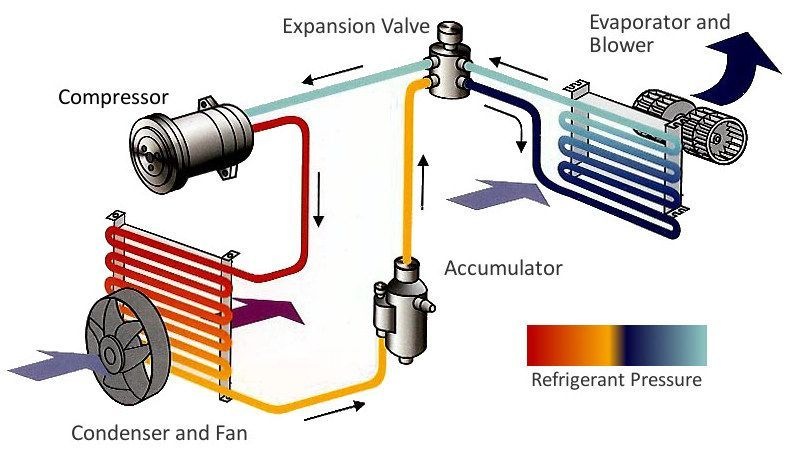Air conditioners (ACs) come with a variety of features and functions designed to enhance comfort and efficiency. Understanding these features can help you make informed decisions when choosing an AC for your home. Let’s explore some common AC features and their purposes:
1. Inverter Technology: Inverter ACs adjust compressor speed based on cooling demand, resulting in energy savings and consistent temperature control.
2. Super Jetstream Mode: This feature rapidly cools the room by directing powerful airflow. It’s ideal for quickly achieving a comfortable temperature.
3. Jet Dry: Jet Dry reduces humidity in high-moisture areas, ensuring a fresh and dry environment.
4. Wind-Free Technology: Wind-Free ACs disperse cool air gently without direct airflow, preventing discomfort caused by drafts.
5. Auto Clean: Auto Clean prevents bacteria and mold growth on the heat exchanger, maintaining a hygienic indoor environment.
6. Watt Control: ACs equipped with Watt Control optimize power consumption, promoting energy efficiency.
7. SmartThinQ: LG’s SmartThinQ technology allows remote control of appliances via a smartphone app. You can turn on your AC before arriving home, ensuring a cool environment.
8. Ionizer Sterilization: This feature purifies the air by using ions to prevent bacterial growth. It also adds extra moisture, keeping skin hydrated.
Remember that understanding these features helps you choose an AC that aligns with your needs and preferences. Whether it’s energy efficiency, air quality, or convenience, each feature contributes to a comfortable indoor environment.
8 Modes and Their Meanings on Air Conditioner (AC) Remotes
1. Auto Mode: The auto mode, found in every AC brand, adjusts the fan speed based on the room temperature. In the remote, this mode is represented by the letter “A” or a rotating fan symbol.
2. Cool Mode: As the name suggests, cool mode directs the AC to circulate cooler air throughout the room. It’s ideal for use when the outdoor temperature is high. However, keep in mind that cool mode consumes more electricity due to the increased workload on the AC.
3. Dry Mode: Dry mode aims to reduce humidity by absorbing excess moisture from the air. It’s suitable for use in overly damp rooms. The remote typically depicts dry mode with a water droplet symbol.
4. Fan Mode: Similar to a regular fan, this mode activates the AC’s internal fan to distribute air evenly across the room. Fan mode provides a cooler environment without extreme coldness. It’s a good choice if you want a comfortable breeze without intense cooling.
5. Energy Saving Mode: This mode optimizes energy consumption by adjusting the AC’s performance. It prevents excessive strain on the AC, making it more energy-efficient.
6. Sleep Mode: Sleep mode ensures a comfortable sleep environment by gradually adjusting the temperature throughout the night. It maintains a pleasant climate without sudden temperature changes.
7. Nature Wind Mode: Also known as natural wind mode, this feature simulates natural breezes. It alternates fan speeds and airflow patterns to create a refreshing, outdoor-like experience.
8. Silent Mode: Silent mode minimizes noise levels produced by the AC. It’s perfect for nighttime use or when you need a quiet environment.
visit, service ac jakarta for more information!
Remember, understanding these modes allows you to optimize your AC’s features for maximum comfort. Happy cooling!
